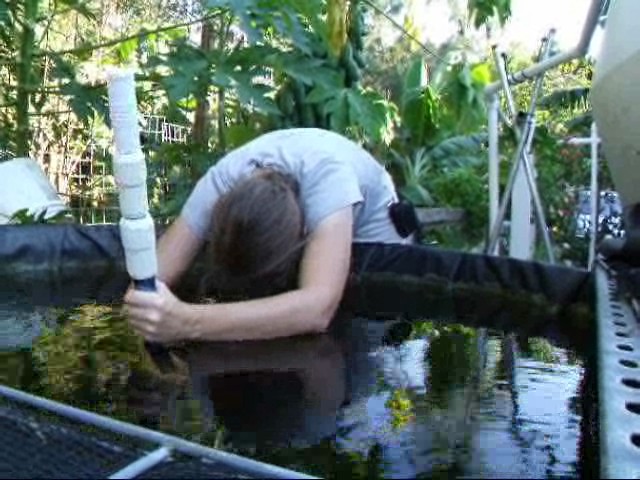Some Tips and Tricks to help make testing your water quality easier.
First, find a place that will be out of the way but still easily accessible. You will need a surface to do your testing and I recommend having an old towel to keep there over your work surface. This will wick up drips of water or reagents and give you something for wiping the rim of the nitrate test tube after shaking it the first time and removing the lid again to add the next reagent. Also when you bring the wet test tubes back from rinsing them out it gives you a place to lay them out to dry and the tubes are less likely to roll off of a towel than just a counter or shelf.
You want your testing area to have a consistent light over it. I don’t really care what kind of light but you should do your readings under the same kind of lighting for consistency since the exact same reading will often look different under different light.
I use an old turkey baster that has been dedicated to the purpose to fill my test tubes. This helps me get close to the line by adding a drop at a time. Some other dropper type device may work even better but either way is far easier than trying to pour water into the test tubes.
I have a container for taking water samples from each of my systems so I can go collect all the samples at once and keep track of which is which (label the containers) and bring them all to my testing station for testing. Since I’ve been doing this for several years, I have more than one set of test tubes so I can run more than one test set at a time.
I keep a notebook and pen/pencil next to the testing station to record the date, system and readings as I do them. I use the trays for the test kits to hold the test tubes during testing. I have a little digital cooking timer right there to time the tests and remind me to come back and check/write down the readings.
I will also write down in the notebook the dosing when I am cycling up a system or checking the system to make sure the bio-filter is still in good shape after a period of fishlessness before putting in new fish.
If you can also track temperatures that would probably be good. I must say I’ve never been very good at that myself.
Here are some videos of me doing water tests





Leave a Reply